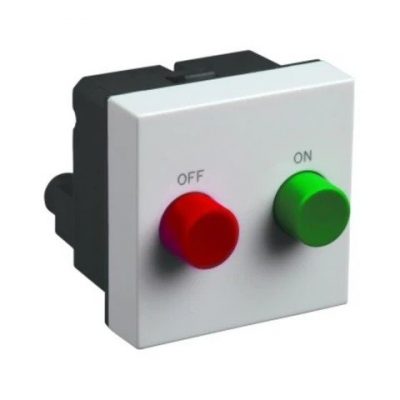Project Report For AC Starter
Introduction
Project Report For AC Starter is as follows.
An AC starter, also known as an air conditioning starter, is a mechanism used in air conditioning systems to control and manage the compressor motor’s beginning and operating. The compressor motor is an essential component of an air conditioning system because it compresses the refrigerant gas, allowing the heat exchange process to chill the indoor environment.
The major duties of the AC starter are to start and safeguard the compressor motor. When the air conditioner is turned on, the starter supplies the required electrical current to start the motor. Depending on the type of AC starter utilised, this can be accomplished using a start capacitor or a start relay. The compressor motor is protected from electrical failures and damage by the AC starter. Overload protection and voltage monitoring are included to protect the motor from overheating, overcurrent, and voltage fluctuations. If any abnormal circumstances are identified, the starter cuts off power to the motor, preventing any harm and maintaining the system’s safety.
There are several types of AC starters, including electromechanical starters and solid-state starters. To regulate the motor, electromechanical starters use relays, contactors, and thermal overload relays, whereas solid-state starters use electronic components such as thyristors or power transistors. When opposed to electromechanical starters, solid-state starters have advantages such as better efficiency, dependability, and less maintenance.

Types Of AC Starter
Soft Starters: When smooth functioning of the beginning current control is required for specific applications, a soft starter might be used. Thyristor voltage control is employed in the soft starter. The soft starter uses a total of six triacs. There is an antiparallel connection between two triacs. Names like T1, T1, T2, T2, T3, and T3′ will suffice. The voltage provided to the motor may be changed by adjusting the triac’s firing angle. The distance between each subsequent firing is 60 degrees. Six times as often shots are fired as input.
Online Starter Direct: A DLO starter is utilised if the motor has less than 5 horse power. There is no need to cut current for motors with less than 5 horse power because these motors can handle the beginning current. Without regulating the current, direct online starters are used to connect the starter to the supply directly. This starter is meant to protect the motor against anomalous circumstances like single phasing, overloading, etc. rather than to lower starting current. The ordinarily open (NO) and usually closed (NC) contacts are both open. When the motor is turned on, the NO button is briefly depressed, energising the coil and drawing the contractor to the stator, which receives a direct supply.
Starter For Autotransformers: The voltage applied to the stator is decreased using autotransformer starters. An appropriate change-over switch is part of the autotransformer starter. Because the autotransformer has tappings, voltage may be adjusted by turning the knob, although at first, the stator is supplied with a lower voltage. The switch for the changeover is thrown into the run position as soon as the motor reaches 80% of its regular speed. The stator will receive the necessary voltage at this point, and the motor will operate normally.
Get Completely Custom Bankable Project Report
Market Potential Of AC Starter
The worldwide AC starter market is expected to be worth US$ 2 billion. From 2023 to 2033, global demand for AC starters is estimated to grow at a CAGR of 6%. By 2033, the worldwide market is expected to reach $3.6 billion.
AC starters have a large market potential, and it is predicted to increase at a compound annual growth rate in the next few years. AC starters are devices used in electrical systems to regulate and safeguard alternating current (AC) motors. They enable motors to start, stop, and adjust speed, allowing for efficient and safe operation in a variety of industrial and commercial applications.
The emphasis on energy efficiency and sustainability is also helping to increase the AC starter market. AC starters provide sophisticated features like soft starting, motor protection, and energy optimisation that assist reduce energy consumption and improve overall system efficiency. As organisations attempt to reduce their environmental effect and comply with energy requirements, the use of AC starters becomes more appealing.
Another aspect enhancing the market potential of AC starters is the rise of automation and smart technologies. AC starters with digital interfaces and communication capabilities may connect effortlessly with these modern systems, allowing for remote monitoring, control, and predictive maintenance. This connection and intelligence improve operating efficiency, decrease downtime, and improve motor performance.

